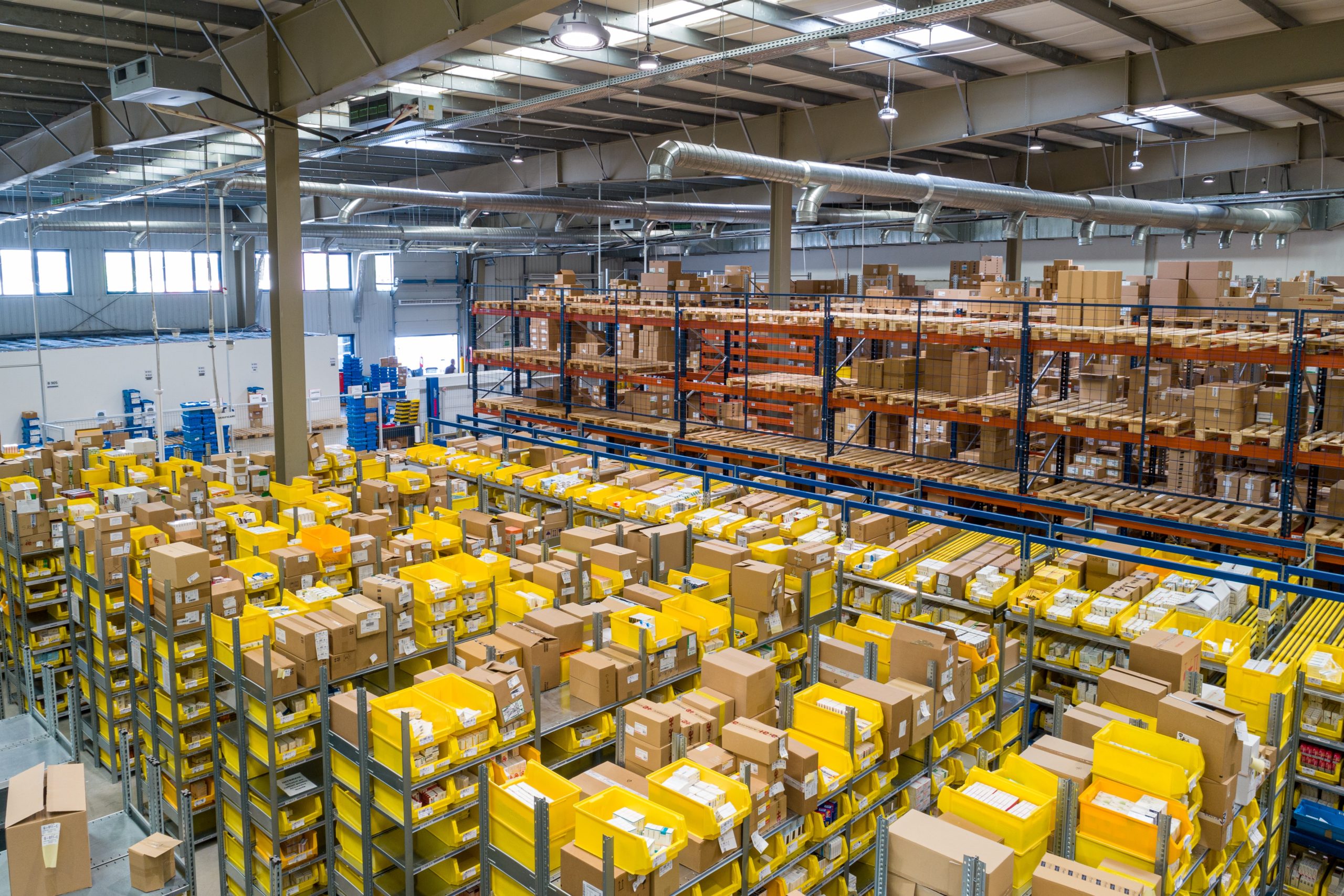Damaged and destroyed inventory is an unfortunate reality in the warehousing industry. That being said, many facilities can greatly reduce the amount of damaged inventory they see each year by improving their internal processes.
Every dollar that can be saved by avoiding product loss due to damage is another dollar earned. This means protecting inventory in the warehouse should be a top priority for every facility manager. To learn how to protect your products, consider implementing these seven ways to reduce damaged warehouse inventory.
Use Adequate Lighting
Not many managers will immediately think of dim lighting when addressing the problem of damages inventory. However, mistakes and accidents routinely occur under poor lighting conditions. When workers can’t see what they are doing, they are more likely to make costly errors during packing, storing, or general product handling. You can also improve lighting to reduce the number of vehicle-related accidents within the facility, which will in turn protect merchandise that may otherwise get damaged in a collision.
Reduce Clutter
A clean warehouse floor is a safe warehouse floor. By reducing clutter, you can dramatically reduce the risks of warehouse product damage. An uncluttered warehouse is especially helpful in preventing accidents involving forklifts. These vehicles are already difficult to operate, especially when space is tight. Unseen obstructions could result in accidents that cause tremendous damage to nearby inventory.
Avoid Overloading
It is understandable for warehouse operations managers to want to get the most out of the space they have. However, there is a substantial risk that comes with overloading the shelves or racks within a warehouse. Each of these shelves is made for a certain weight capacity, and exceeding that weight limit could have catastrophic consequences. The collapse of overloaded racks is common with large-scale inventory loss.
Move Inventory with Care
Inventory is especially likely to be damaged while it is being moved. This means taking extra precaution when moving or storing inventory could greatly reduce the chance of damage occurring. The right equipment is vital to achieving this goal.
Pallet trucks and stackers are valuable tools in any warehouse. Pallet trucks allow workers to transport pallets safely without the risk of the pallet falling over. Pallet stackers are also useful in tight spaces where a forklift might not be an option.
Weatherproof the Warehouse
While accidents and errors are common causes of damaged inventory in a warehouse setting, other factors could also be at play. For example, largescale losses can often be attributed to flooding or other extreme weather events. Weatherproofing a warehouse requires more than ensuring the roof does not leak when it rains.
After all, heat can damage sensitive electronics or melt plastic. Humidity can create moisture in a variety of products. Excessive snow could cause a roof cave in. Weatherproofing a warehouse and regularly ensuring the facility is secure could prevent many largescale losses.
Use Visible Signage
It is valuable to have a workforce that understands how to maneuver around the warehouse. This is easier said than done in some large facilities. Large, visible signs directing workers where to go could reduce the risk of collisions and thereby decrease product damage on the warehouse floor.
Rely on Skilled Flex Labor to Reduce Damaged Warehouse Inventory
Finally, relying on flex warehouse labor could also help prevent damaged goods. With skilled, highly-trained staff filling in your flex hours, you can trust that these carefully vetted workers will handle your inventory with care.
HapiGig is a platform that can help you connect with the warehouse flex workers you need to safely store and transport your merchandise. We carefully vet each worker on our platform, ensuring you have access to the most skilled workforce you need. Contact us to learn more.

